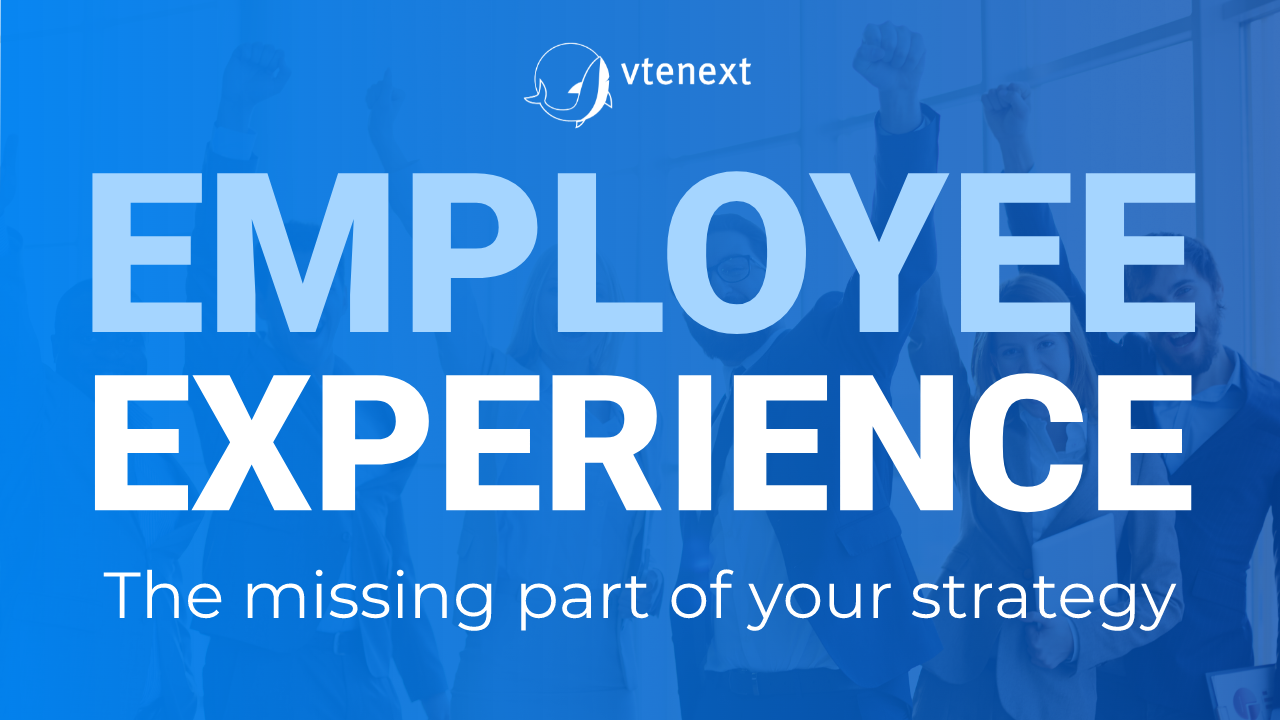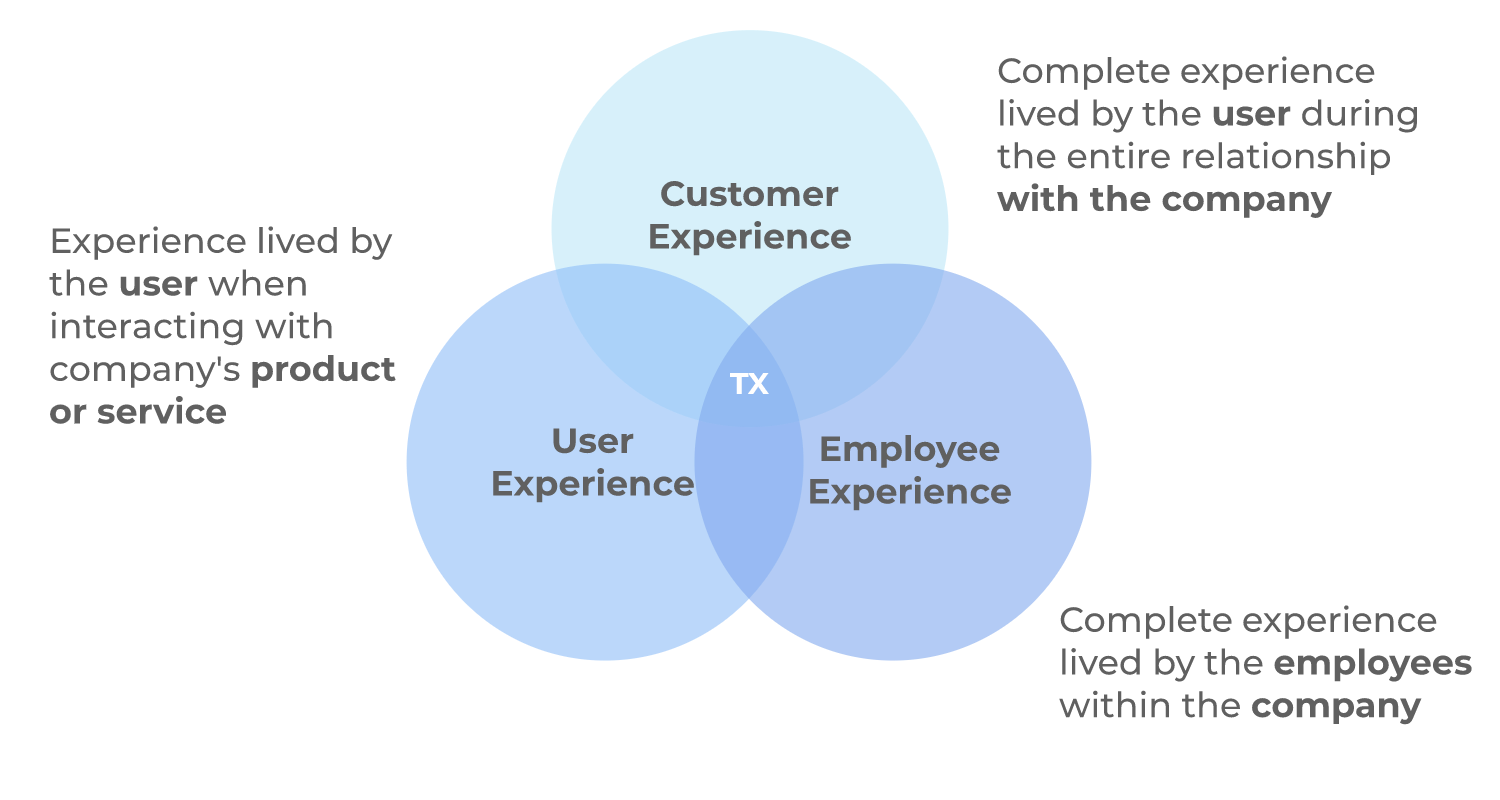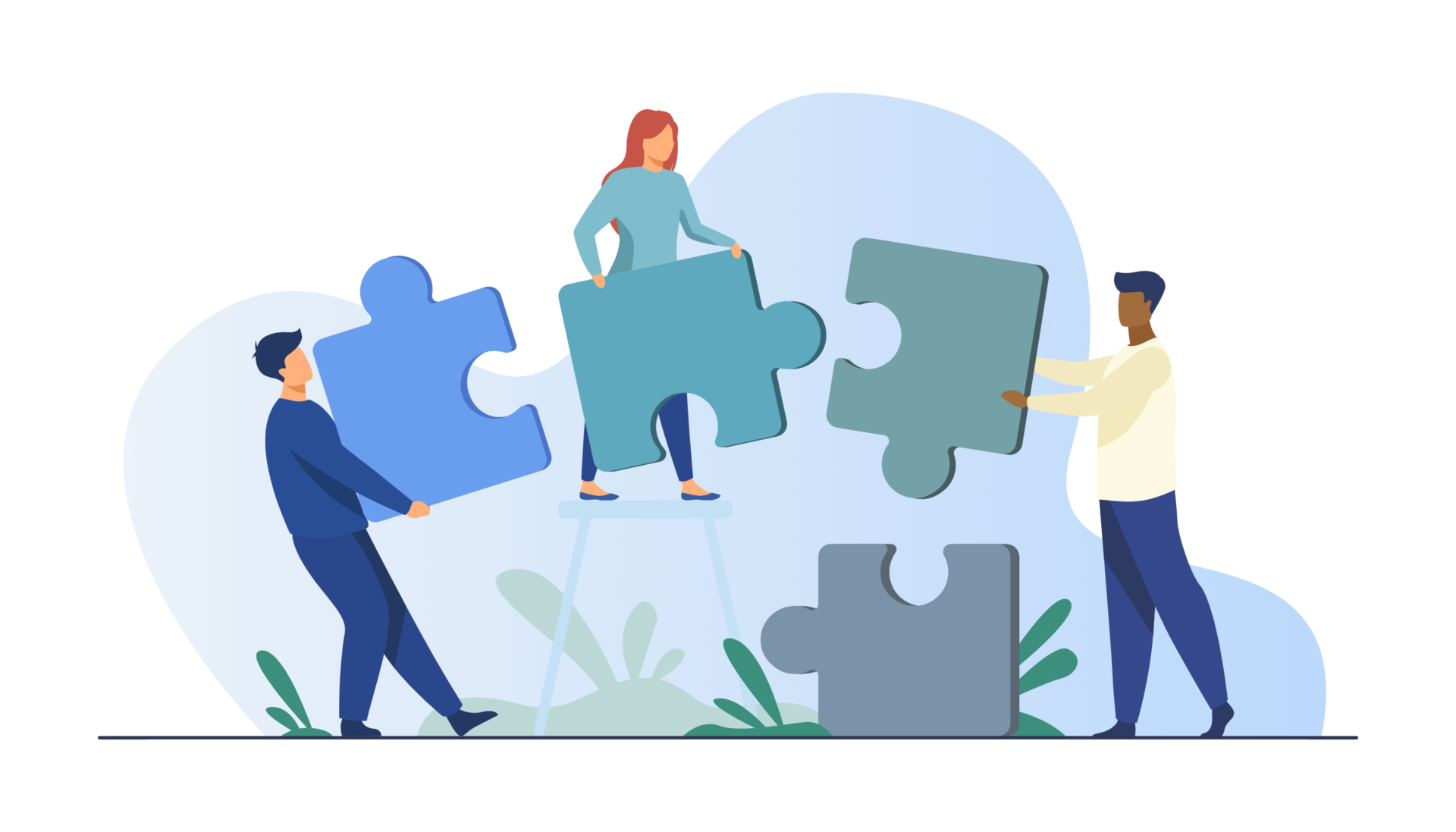Last two years have been very difficult for individuals, companies and organizations.
Since 2021 we are experiencing big changes in the workplace, millions of employees are leaving their jobs, with or without a new occupation. This phenomenon has been defined as “Great Resignation”: between April and September 2021, 19 millions of Americans resigned, and only in November 2021, 4.5 millions of people did the same. (Forbes, 2022)
Also in Italy, the Ministry of Labour registered a +23.2% of voluntary departures between April and November 2021, if compared to the same period of 2020.
For this reason, the main theme in 2022 will be the skill of adapting to changes in each kind of relationship, also in HR. Often companies are focused on the final customer, creating customized and effective Customer Experiences, but losing sight of employees, their needs and their wellness.
Employers are facing an important challenge: “balancing the flexibility they offer to individuals with the team’s needs and working for the good of the organization, to promote creativity, diversity and trust strengthening. Attracting and maintaining necessary talents, understanding when they are negatively influenced by the company is fundamental.” (Fjord Trends, 2022)
Companies must focus not only on customers, but also on users and employees in order to guarantee an extremely positive and memorable experience (Total Experience). An experience able to join channels, technologies, processes and touchpoints to improve and speed up interactions and able to build a connection between different and separated experiences, both internal and external to the company, in order to provide an integrated solution.
Total Experience: how to create 360° positive experiences
Gartner inserted the Total Experience (TX) in the “top strategic technology trends” in 2021, defining it as a new approach, which joins Customer Experience (CX), User Experience (UX) and Employee Experience (EX).
The Customer Experience is the experience customers live during their relationship with the company: not only during the purchase or the information searching phase, but also in the customer care and the after sale.
The User Experience refers to the experience a user lives when interacting with a company’s product or service. UX is often connected to the digital experience related to websites, apps, software, etc.
The Employee Experience involves each aspect of the interactions between the workplace and the employee, influencing processes, tools, organization and, consequently, the company’s performance.
The Total Experience, in the middle of these three worlds, contains the complete business experience, not limited to taking care of the clients, but also providing an excellent environment for users and employees.
Employee Experience: why is it important?
Pandemic certainly changed companies and their relationships with employees.
In fact, if before 2020 Employee Experience was a priority only for 52% of companies, now the percentage grew to 92%. (Employee Experience Survey, Willis Towers Watson).
Nevertheless, only 30% of HR managers use technology to improve the Employee Experience and to give a new shape to the working experience, through new technological tools and implementing new programs to create a dialogue between company and employees.
Let’s think about the collaboration tools we learned to use daily in the last two years (chat, remote meeting, etc.): how many of these are really making employees’ life better? And how many of these are, instead, making their work more complex?
Managing the Employee Experience is a priority.
We can’t forget that employees are the best organizations’ asset: designing positive experiences begins during the recruiting phase, goes on during the hiring, continues during the entire employee’s life-cycle and it lasts until resignation or retirement.
All of these phases are connected with internal communication: it is necessary to provide constant and transparent communication to every employee, sharing company’s activities to build a stronger collaboration.
If your employees aren’t informed you will have a disconnection which will make their involvement difficult. It is possible to convince your employees that it’s in their interest to reconnect, but it is necessary a small strategic adjustment through tools such as the CRM.
Internal customers, external customers and holistic CRM
External customers are the ones who see your company as a products or services supplier. It is important to underline that, without external customers, your company wouldn’t make any sense.
Internal customers have a strong connection with the company: employees, partners and anybody who helps you to supply your products to the final customer.
It is easy to understand that one’s experience can influence the other’s one, both positively and negatively.
The main limit of CRMs focused only on marketing and sales area is this: their objective is only the External Customer Experience improvement. In this way, business processes can’t be mapped and bottlenecks can’t be solved.
What does this mean? Let’s see an example: when we have a new customer, the salesman will record him within the CRM, but he will need to ask the administration office the rating (credit, solvency), probably with an email.
If everything is ok, customer’s data will be updated within the CRM, where every purchase will be tracked. But, if something goes wrong, the lead could remain “pending” within the CRM, and the salesman might do other activities without a tracking.
How to avoid this situation? Through an holistic vision of the CRM processes which includes the company all-around, embracing external and internal customers: each workflow must be described, each business process shaped, analyzed, measured, improved and optimized.
In this way, each collaborator will feel as a part of something bigger.
Holistic CRM involves different processes, extended to every business area, creating customer-oriented processes, transversal to all the company.
CRM for the information management and the Employee Experience
Within a company, employees share information through paper documents, internal newsletters, intranet and communication tools as chats.
There is an important risk of information dispersion: employees have too many tools to manage, and they don’t know where to find the information they need.
During the years we implemented in vtenext some key features to manage and improve the employee experience, including:
- documents module, to digitize and easily share files, information and links
- internal newsletters
- possibility to log into the CRM remotely through browser or mobile app
- internal chat to promote communication and information exchange
- internal FAQ to promote data and best practices exchange
In this way users will be able to:
- operate through a unique software in which all users can have access and interact with each other
- connect all the collaborators
- improve the involvement of new employees
- track all the activities making those easily accessible to users
In addition, CRM Processes are helpful to facilitate the information exchange and to define tasks that everybody must do to reach the company’s common goal.
Discover more in our articles: sales process, lead management, customer service, post-sales and internal customer.


